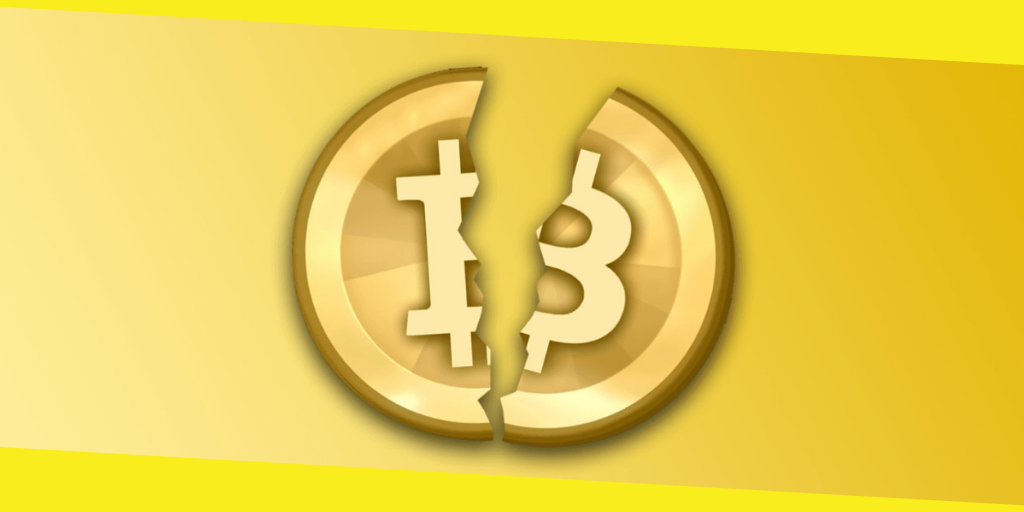
When the block chain rewards an individual or group for authenticating transactions, bitcoins are created. The network awards bitcoin to miners for successfully adding blocks to its chain. The bitcoin awarded is a remuneration for all the costs that may have been incurred when the miner worked tirelessly to maintain the network. The costs that might have been incurred include electricity and maintenance of hardware. Miners then sell these bitcoins immediately so that they can make the necessary payments, this is how bitcoin is released into the digital economy. Using BUYBank’s trusted site, people can then purchase bitcoin with a credit card or cash, online or at a BUYBank office.
What is bitcoin halving?
Halving occurs when the network reduces the reward given to miners by 50% and this happens at intervals of 210000 blocks. Basically it happens once every four years. The typical award the miner receives is 12.5 BTC ($43 000) whenever a block has been successfully validated and added to the block chain. The next halving will take place at the end of May 2020 and the miners’ new earnings will be 6.25 BTC ($21.5 000).
You may look at this and think this will have enormous consequences on the bitcoin network but its not really the case.
Inflation
BTC is not like regular physical currencies in that they do not inflate so rapidly. Once the system reaches 21 million, no more bitcoin will be produced. The reason why the halving process came about was to ensure that the bitcoin currency does not deal with the ongoing inflation as it is traded to others. In order to encourage viable growth, Satoshi Nakamoto the creator of BTC chose a logarithmic scale on which to set the dates for halving to occur. That being said, even though 80% of the bitcoin supply has already been mined within the first decade of its inception, the final bitcoin will not be released until 2140. There is still about a century to go, to award incentive to miners who participate in the network.
Considering a 50% reduction in mining income seems like it will have dire consequences on the eco-system but we have since experienced three halving processes and all seems well thus far. The previous one took place in 2016 and the block chain went from producing 3600 bitcoins to just 1800. In less than a year the network will release 900 new bitcoins daily, instead of 1800.
The network remained indifferent to previous halving processes and the overall hash rate remained unchanged. The hash rate is simply defined as the total computing power driving the bitcoin network. The reason for this is because miners did not switch off their computing equipment due to the decrease in rewards.
In 2019 bitcoin has changed immensely and it is increasingly difficult to generate a profit nowadays with mining, even for the big businesses. However, the bitcoin market is looking very promising despite the halving and people and businesses alike are latching onto this new way of conducting business.
You may like this